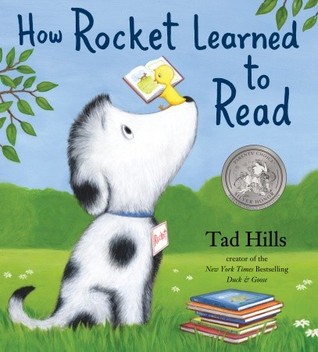Enhancing Literacy and Language Through Children’s Books
- Kate Kane, Wellan Librarian
- Jun 24, 2020
- 3 min read
Updated: Dec 8, 2020

There is nothing most children love more than hearing a good story. During the Primary years, children begin to develop early reading skills and can often recognize letters and words as they look through books. They also begin to connect the illustrations to the words on the page, and they can begin to think about the arc of a narrative; that stories have beginnings, middles, and ends. To aid in the development of children’s reading comprehension, word recognition, and vocabulary, research shows that children who are exposed to complex and responsive classroom talk are able to expand their own patterns of verbal communication and improve their skills in reading and writing. So how can we as parents, caregivers, and teachers, support children’s early literacy and language development?
Whether you are a parent reading a bedtime story to your child at night or a teacher reading a story to a large group of children, asking open-ended questions and encouraging conversations about the story exposes children to new vocabulary — and it also prompts them to think in more abstract ways, as they analyze the narrative of the story with support from an adult. Through stimulating back-and-forth interactions about literature with adults, children develop early perspective-taking and critical thinking skills along with early reading skills. Below are some helpful strategies for engaging your child with literature:
Emphasize rhyming words or other patterns of language.
Many children’s books have rhyming words that children can begin to anticipate. Learning to recognize rhyming words indicates early reading skills. Books like those by Dr. Seuss or Frog on a Log by Kes Gray are great ways to practice rhymes with your child — and you can have fun together by making up silly words just like the author does. Playing with letters and their sounds to make silly words is a great way for early readers to master literacy and language.
Discuss the characters in the story.
Children often identify with the characters in a story whether they are animals or humans. They feel their pain, celebrate their joys, revel in their adventures. By discussing the characters in a story with your child, you expand their imagination by taking the characters off the pages of the book. “What do you think she was thinking here?” you can ask. Or, “I wonder how he is feeling here.” I also love asking at the end of the story: “What do you think he will do tomorrow?” This challenges your child to use what they’ve learned about a character to make a plausible guess about their life.
Ask your child to predict what is going to happen before turning the page of the book.
Children’s books often give clues about the story line as the narrative progresses. By asking your child to make predictions, you help exercise their ability to understand how a narrative flows. Reading a book twice is another way to reinforce the ability for children to make predictions. Jan Brett’s The Mitten offers images on the sides of the page that provide clues about what is to come on the next pages.
Point out things like word bubbles, dialogue, or treatment of text that is meant to convey meaning.
The way text is displayed on a page conveys meaning. Pointing out to your child that words in bubbles might mean a thought or dialogue helps them understand “conventions of print.” You can do the same with question marks or exclamation points. Mo Willems books are great choices for books that use type in interesting and meaningful ways.
Find ways to connect the plot to your child’s own experience.
Children’s literature is often about an adventure or a social issue that gets resolved or a life lesson. Taking the opportunity to engage your child in an open-ended conversation about their perspective on the plot is a great way to encourage language development and social-emotional skills. It also reinforces understanding of the story narrative and engages them in thinking and talking about their own life experiences.
There are so many ways to extend learning through children’s literature and storytelling. At the end of the day, the goal is to instill a lifelong love of reading and stories!























